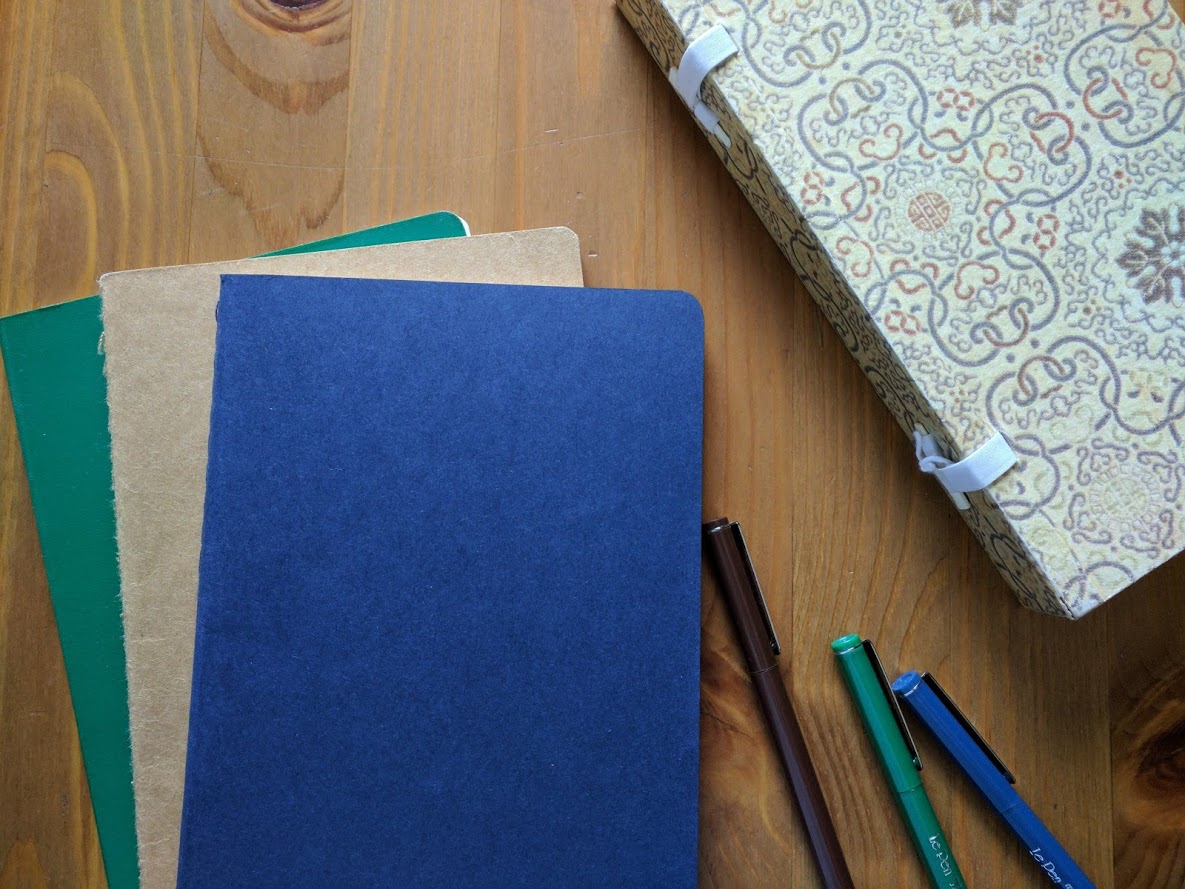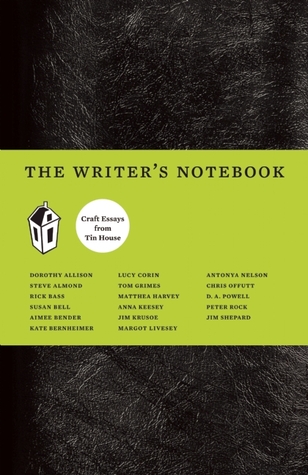I grabbed this up at Type Books, one of my favourite local bookshops, partly because I think “Tin House” is terrific, and partly because my writing shelves have been hankering for someone new in town, someone to start the flow of gossip afresh.
The collection has had the desired affect all around: intensifying my appreciation of “Tin House” and giving the writing shelves a jolt of new energy while bringing to mind the strengths of the stalwart texts therein. You can expect to see some attention paid to the classics and old favourites in coming months. But, for May’s Writing Resource Snippet, here’s a taste of the newcomer.
The first essay that I read was Susan Bell’s “Revisioning The Great Gatsby”, which is an odd choice to be sure, not only because it’s a few essays into the collection (and usually I am methodical about these things, doncha know) but because I’ve not only never read The Great Gatsby, but have miraculously avoided all of F. Scott Fitzgerald’s novels, despite his popularity on school curricula (although I think this is more characteristic of American than Canadian syllabi. [Note: I corrected this oversight years later.]
In fact that was part of the reason behind my choice (I always eat the food that I least enjoy first from my plate as well) but I also appreciated the tone of Susan Bell’s The Artful Edit and was interested in her approach here, even on a novel I’ve never read, an author I’ve never read.
:: Insert tremendous writerly guilt at public admission of never having read any of Fitzgerald, except perhaps a short story in an anthology at some point which, let’s face it, doesn’t count if it cannot be recalled and, in fact, the latter admission is likely only heaping embarrassment upon shame. ::
:: Insert admittedly weak defense predicated on the fact that he lifted passages from Zelda’s diaries and letters and never admitted it, cheeky boy ::
So I read this essay sitting on a bench in the foyer of the Reference Library, a bench I was sharing with a man who clearly had had too many cigarettes that morning or not enough, a man who was one big jitter on legs, fidgeting more than a toddler in line at an amusement park. So even though I haven’t read any Fitzgerald novels, the passages I’ve read from The Great Gatsby in Susan Bell’s essay, I’ve read aloud multiple times, with my lips moving through each pass: surely that counts for something.
(Did you know that people line up for the TRL? I thought they opened at 9, so I had a little more than a half hour to wait that morning, but I couldn’t believe how many other people were waiting there too: standing room only. Which is why I stayed with my seatmate and pulled out my iPod to distract myself further, but just because I couldn’t hear the tapping and patting and squeaking and knocking didn’t mean that I couldn’t feel it through the bench, the vibrations even moving through the floor.)
I felt out of place at first: “We all know The Great Gatsby.” But then as the essay moved along I was in familiar territory: basically Bell is looking at the transformation of passages as this novel moved through the editing process.
It is, she says, “a tour de force of revision”. She goes into detail with some passages (like Madison Smartt Bell does in Narrative Design: another favourite writerly book) and speaks, in more general terms, about the overall process and the wider context of the novel’s construction.
I think it would have been even more effective if I had read the novel myself, and even more so if I had the sort of admiration for it that I do have for the classics I studied in high school (when so many other students are reading Fitzgerald’s novels), so that I, too, could have read this essay and felt more keenly the reminder that even “the greats” had to edit their work. Still, it was an interesting essay and I was pleased to have picked up the collection.
More about this collection soon. Look for chat about Dorothy Allison’s “Place” and Anna Keesey’s “Making a Scene: Fiction’s Fundamental Unit”.
Good stuff for writers.
Tin House. The Writer’s Notebook: Craft Essays from Tin House (Tin House Books, 2009)

